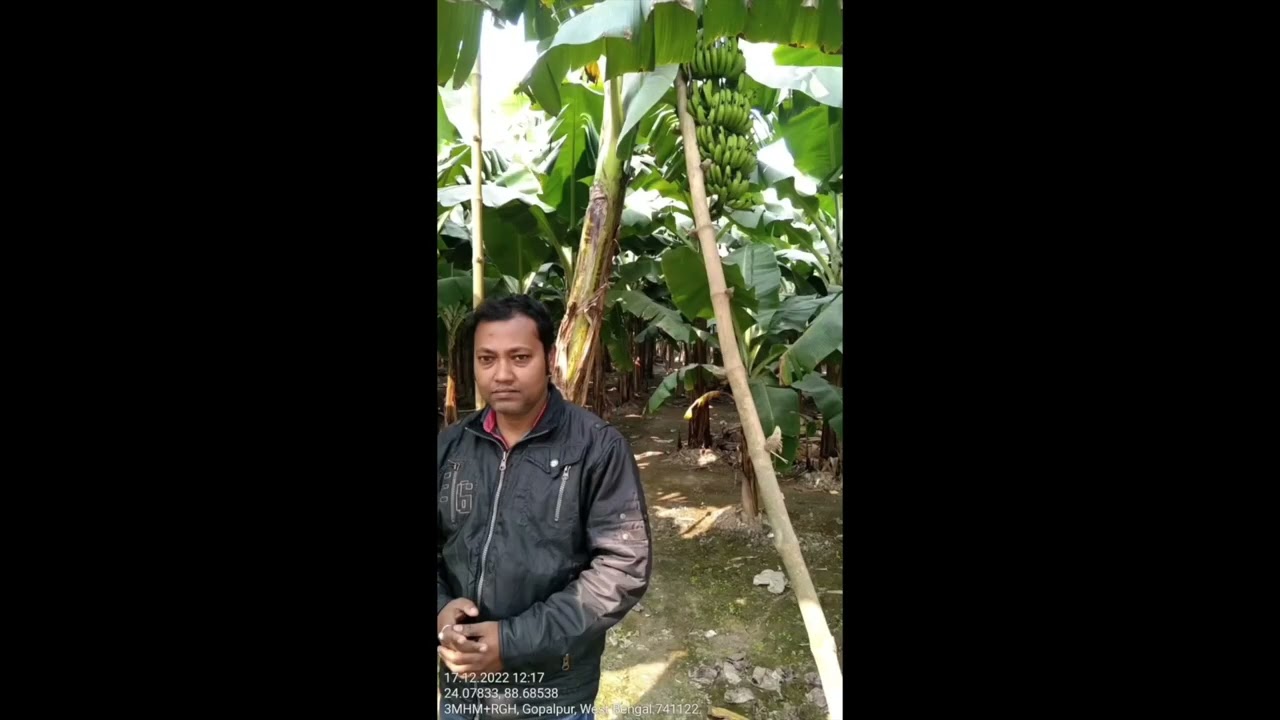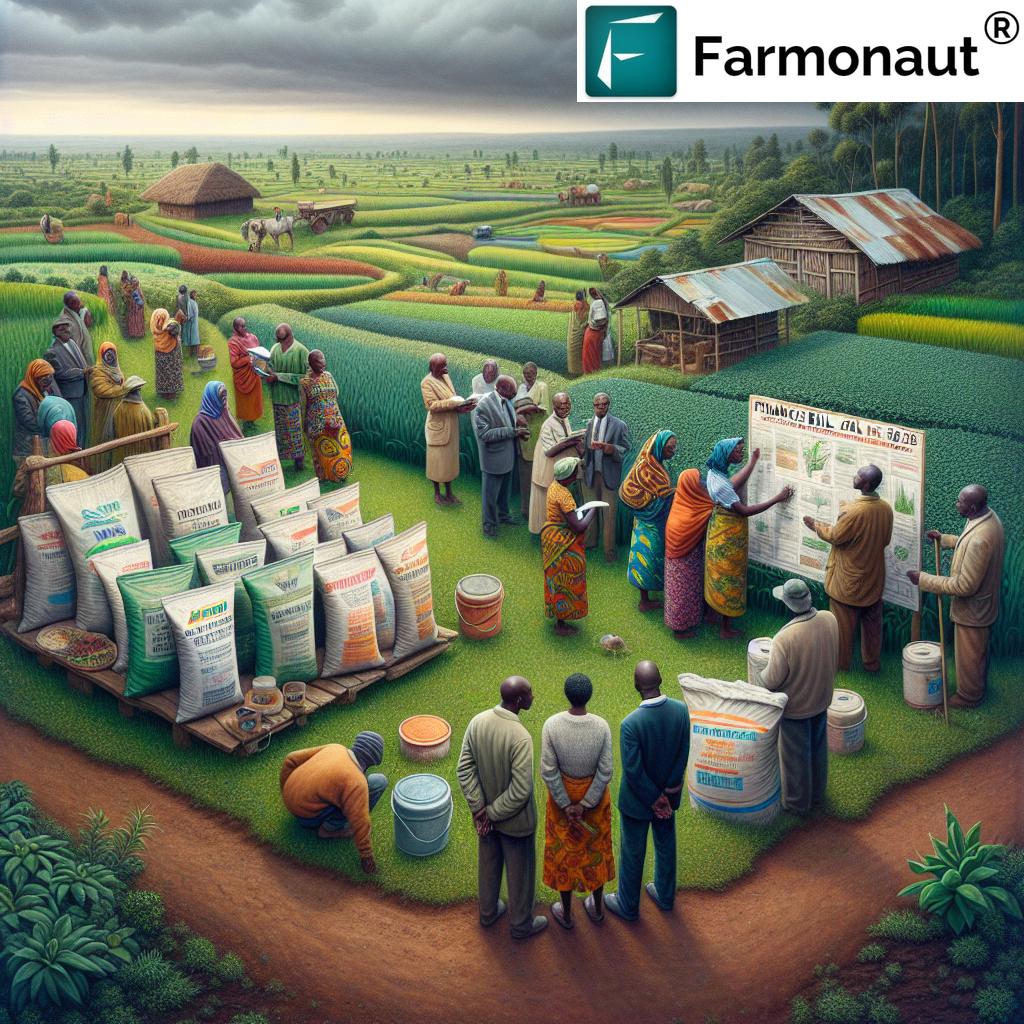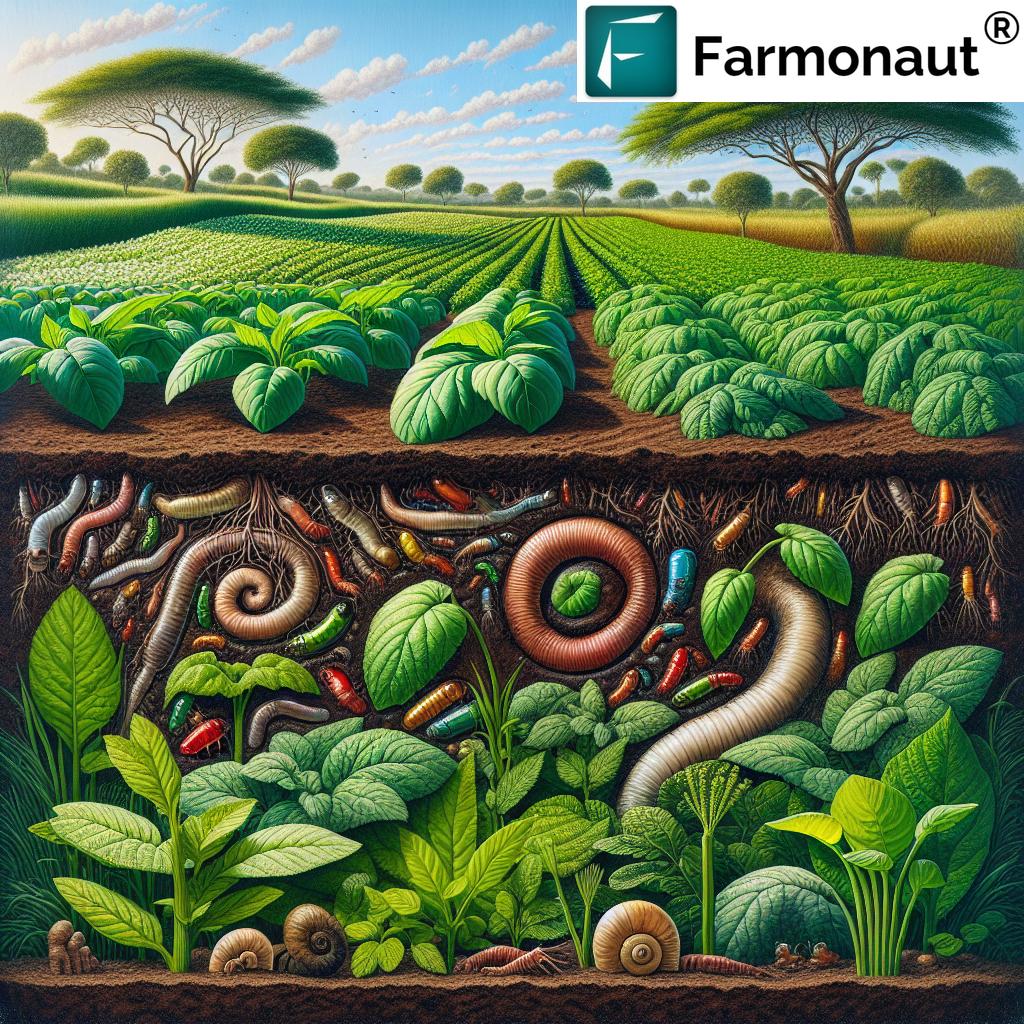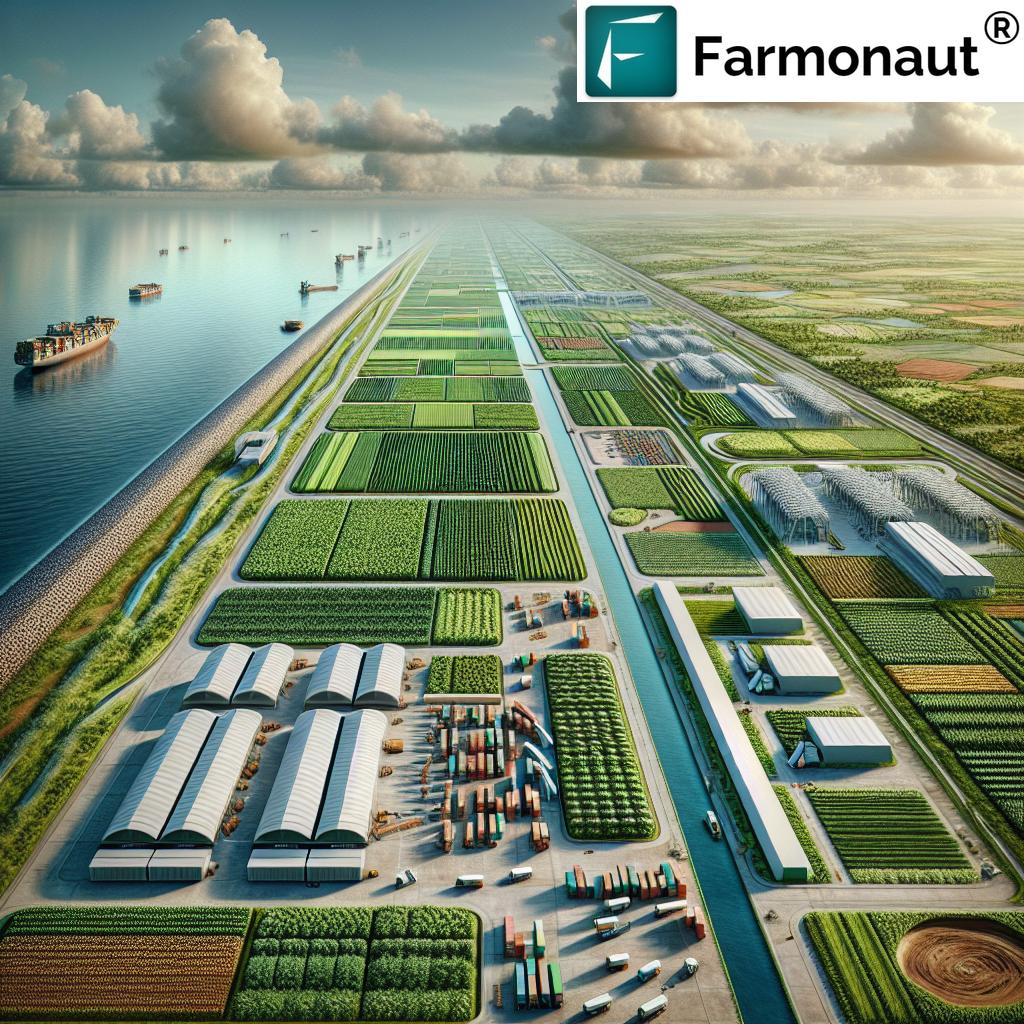Revolutionizing Zimbabwe’s Cotton Industry: Sustainable Practices for Quality Improvement and Market Growth
“Zimbabwe’s 2023 cotton marketing season launch addresses critical issues affecting over 300,000 smallholder farmers nationwide.”
Welcome to our comprehensive exploration of Zimbabwe’s evolving cotton industry. In this blog post, we’ll delve into the transformative journey of sustainable agriculture practices and cotton quality improvement that are reshaping the country’s agricultural landscape. As we embark on this insightful journey, we’ll uncover the challenges, innovations, and opportunities that lie ahead for Zimbabwe’s cotton sector.
The Launch of the 2023 Cotton Marketing Season
The recent launch of the 2023 cotton marketing season in Zimbabwe marks a significant milestone in the country’s agricultural calendar. This event not only signifies the beginning of a new harvest period but also highlights the critical issues facing seed cotton production and the urgent need for quality enhancement in the industry.
As we at Farmonaut closely monitor global agricultural trends, we recognize the importance of this season for Zimbabwe’s economy and its farmers. The cotton industry plays a vital role in the country’s agricultural sector, providing livelihoods for thousands of smallholder farmers and contributing significantly to export earnings.

Challenges in Seed Cotton Production
The cotton industry in Zimbabwe faces several challenges that need urgent attention:
- Climate variability: Unpredictable weather patterns and frequent droughts pose significant risks to cotton yields.
- Pest management: The rise of resistant pests threatens crop health and productivity.
- Soil degradation: Years of intensive farming have led to soil fertility issues in many cotton-growing regions.
- Market fluctuations: Global cotton price volatility affects farmers’ income stability.
- Limited access to technology: Many smallholder farmers lack access to modern farming techniques and equipment.
Addressing these challenges requires a multifaceted approach that combines traditional knowledge with modern agricultural technology solutions.
Innovative Agritech Solutions for Smallholder Farmers
At Farmonaut, we believe that technology can play a crucial role in transforming Zimbabwe’s cotton industry. Our platform offers a range of GIS services and crop yield optimization techniques that can benefit smallholder farmers:
- Satellite-based crop monitoring: Real-time insights into crop health and growth stages.
- Precision agriculture tools: Optimize resource use and improve yield potential.
- Weather forecasting: Help farmers make informed decisions about planting and harvesting.
- Soil analysis: Provide data-driven recommendations for soil management and fertilization.
By leveraging these technologies, farmers can make more informed decisions, leading to improved productivity and sustainability in their cotton production.
Agricultural Marketing Strategies for Zimbabwe’s Cotton
Effective agricultural marketing strategies are essential for the growth of Zimbabwe’s cotton industry. We recommend the following approaches:
- Quality-based pricing: Implement a grading system that rewards higher quality cotton with better prices.
- Cooperative marketing: Encourage farmers to form cooperatives for stronger market presence and bargaining power.
- Value addition: Promote local processing of cotton to create higher-value products for export.
- Digital marketplaces: Utilize online platforms to connect farmers directly with buyers, reducing intermediaries.
- Branding and certification: Develop a national brand for Zimbabwean cotton, emphasizing its quality and sustainability.
These strategies can help Zimbabwe’s cotton industry compete more effectively in the global marketplace while ensuring fair returns for farmers.
The Importance of Proper Seed Selection
One of the foundational aspects of improving cotton quality and yield is proper seed selection. For farmers in Zimbabwe, choosing the right cotton seed varieties can make a significant difference in their harvest outcomes. Here are some key considerations:
- Climate adaptability: Select varieties that are well-suited to Zimbabwe’s diverse agro-ecological zones.
- Disease resistance: Opt for seeds with built-in resistance to common cotton diseases in the region.
- Fiber quality: Choose varieties known for producing high-quality fibers that meet international standards.
- Yield potential: Consider the yield history of different seed varieties under local conditions.
- Maturity period: Select seeds with maturity periods that align with local rainfall patterns and growing seasons.
At Farmonaut, we emphasize the importance of data-driven decision-making in seed selection. Our platform’s GIS services can help farmers analyze their land characteristics and historical performance to make informed choices about which cotton varieties to plant.

Sustainable Agriculture Practices for Cotton Production
“Sustainable practices in Zimbabwe’s cotton industry aim to increase productivity by up to 30% for smallholder farmers.”
Implementing sustainable agriculture practices is crucial for the long-term viability of Zimbabwe’s cotton industry. These practices not only improve cotton quality but also contribute to environmental conservation and rural development initiatives. Here are some key sustainable practices we recommend:
- Conservation tillage: Minimize soil disturbance to reduce erosion and improve soil health.
- Crop rotation: Alternate cotton with other crops to break pest cycles and improve soil fertility.
- Integrated Pest Management (IPM): Use a combination of biological, cultural, and chemical methods to control pests effectively.
- Water conservation: Implement efficient irrigation systems and water management techniques.
- Organic fertilization: Utilize compost and other organic inputs to reduce reliance on synthetic fertilizers.
By adopting these practices, farmers can enhance soil health, reduce input costs, and improve the overall sustainability of their cotton production.
The Cotton Production Value Chain in Zimbabwe
Understanding the cotton production value chain is essential for identifying areas of improvement and opportunities for growth. The value chain in Zimbabwe typically includes the following stages:
- Input supply: Provision of seeds, fertilizers, and pesticides to farmers.
- Cotton cultivation: Planting, growing, and harvesting of cotton by farmers.
- Ginning: Separation of cotton fibers from seeds and other plant materials.
- Trading: Sale of cotton to local and international buyers.
- Processing: Conversion of raw cotton into yarn, fabric, and other textile products.
- Marketing and distribution: Sale of finished cotton products to consumers.
At each stage of this value chain, there are opportunities to implement sustainable practices and technological solutions to improve efficiency and quality. For instance, Farmonaut’s crop monitoring tools can help farmers optimize their cultivation practices, while our blockchain-based traceability solutions can enhance transparency throughout the supply chain.
Agritech Solutions for Cotton Quality Improvement
Agricultural technology plays a pivotal role in enhancing cotton quality and productivity. Here are some innovative solutions that we at Farmonaut believe can significantly impact Zimbabwe’s cotton industry:
- Drone technology: Use drones for precise crop monitoring and targeted pesticide application.
- IoT sensors: Deploy soil moisture sensors and weather stations for real-time data collection.
- AI-powered analytics: Utilize artificial intelligence to predict crop yields and optimize farming practices.
- Mobile apps: Provide farmers with easy access to market information and agronomic advice.
- Blockchain traceability: Implement blockchain technology to ensure transparency and authenticity in the cotton supply chain.
These technologies can help farmers make data-driven decisions, improve resource management, and ultimately produce higher-quality cotton.
Explore our API for integrating advanced agricultural data into your farming operations.
Rural Development Initiatives and Their Impact on Cotton Production
Rural development initiatives play a crucial role in supporting Zimbabwe’s cotton industry and improving the livelihoods of smallholder farmers. These initiatives often focus on:
- Infrastructure development: Improving roads and storage facilities to enhance market access.
- Education and training: Providing farmers with knowledge on best practices in cotton cultivation.
- Financial inclusion: Facilitating access to credit and insurance for smallholder farmers.
- Community empowerment: Supporting farmer cooperatives and women’s groups in cotton-growing regions.
- Diversification: Encouraging farmers to engage in complementary activities to supplement their income.
These initiatives contribute to the overall development of rural areas, creating a more supportive environment for cotton production and helping to retain youth in agriculture.
Challenges Faced by Cotton Growers: From Seed to Marketplace
Cotton growers in Zimbabwe face a myriad of challenges throughout the production cycle. Understanding these challenges is crucial for developing effective solutions:
- Access to quality inputs: Many farmers struggle to obtain high-quality seeds and fertilizers.
- Climate change impacts: Unpredictable weather patterns affect planting and harvesting schedules.
- Pest and disease management: Evolving pest resistance requires constant adaptation of control strategies.
- Labor shortages: Rural-urban migration leads to a lack of skilled labor during critical farming periods.
- Market access: Limited transportation infrastructure can hinder farmers’ ability to reach profitable markets.
- Price volatility: Fluctuating global cotton prices create income uncertainty for farmers.
- Post-harvest losses: Inadequate storage facilities can lead to significant losses in quality and quantity.
Addressing these challenges requires a comprehensive approach that combines technological solutions, policy support, and community-based initiatives.
Learn how to leverage our technologies by exploring our API Developer Docs.
Enhancing Zimbabwe’s Competitiveness in the Global Cotton Market
To strengthen Zimbabwe’s position in the global cotton market, several key areas need focus:
- Quality improvement: Consistently producing high-grade cotton to meet international standards.
- Sustainable production: Adopting eco-friendly practices to appeal to environmentally conscious markets.
- Value addition: Investing in local processing to export higher-value cotton products.
- Branding and marketing: Developing a strong national brand for Zimbabwean cotton.
- Trade agreements: Negotiating favorable trade terms with key cotton-importing countries.
- Technology adoption: Embracing modern farming techniques to improve productivity and reduce costs.
By focusing on these areas, Zimbabwe can differentiate its cotton in the global marketplace and secure better prices for its farmers.
Comparative Analysis: Traditional vs. Sustainable Cotton Farming
| Farming Aspect | Traditional Method | Sustainable/Tech-Enhanced Method | Estimated Yield Improvement (%) | Potential Market Impact |
|---|---|---|---|---|
| Seed Selection | Local varieties, often recycled | Hybrid seeds, climate-adapted varieties | 15-20% | Higher quality fiber, increased demand |
| Pest Management | Heavy reliance on chemicals | Integrated Pest Management (IPM) | 10-15% | Reduced input costs, eco-friendly certification |
| Irrigation Techniques | Flood irrigation | Drip irrigation, precision watering | 20-25% | Water conservation, consistent quality |
| Harvesting Methods | Manual picking | Mechanical harvesting, timing optimization | 15-20% | Reduced labor costs, timely market supply |
| Quality Control Measures | Basic visual inspection | Advanced grading systems, tech-based quality assessment | 10-15% | Premium pricing, access to high-end markets |
This table clearly illustrates the significant advantages of adopting sustainable and technologically enhanced methods in cotton farming. The potential for yield improvement ranges from 10% to 25% across various aspects of cultivation, with substantial positive impacts on market positioning and profitability.
The Role of Government Policies in Zimbabwe’s Cotton Industry
Government policies play a crucial role in shaping the future of Zimbabwe’s cotton industry. Some key policy areas that can drive positive change include:
- Research and development: Investing in cotton breeding programs and agronomic research.
- Subsidy programs: Providing targeted subsidies for inputs and technology adoption.
- Export promotion: Developing policies to encourage value-added cotton exports.
- Land reform: Implementing policies that ensure secure land tenure for cotton farmers.
- Environmental regulations: Enforcing sustainable farming practices and conservation measures.
Effective policies can create an enabling environment for the growth and sustainability of the cotton sector, benefiting farmers, processors, and the national economy.
Embracing Digital Solutions for Cotton Farming
Digital technologies are revolutionizing cotton farming worldwide, and Zimbabwe has the opportunity to leapfrog into this new era of agriculture. Farmonaut’s suite of digital tools can significantly enhance cotton production processes:
- Satellite-based crop monitoring: Track cotton growth stages and identify issues early.
- Weather forecasting: Make informed decisions about planting, irrigation, and harvesting.
- Farm management software: Streamline operations and improve record-keeping.
- Market information systems: Access real-time cotton prices and market trends.
- E-learning platforms: Provide continuous education on best practices in cotton farming.
By embracing these digital solutions, Zimbabwean cotton farmers can improve their productivity, reduce risks, and make more informed decisions throughout the growing season.
Ready to revolutionize your farming practices? Download our mobile apps for on-the-go farm management:
Conclusion: The Future of Zimbabwe’s Cotton Industry
As we’ve explored throughout this blog post, Zimbabwe’s cotton industry stands at a crucial juncture. The challenges are significant, but so are the opportunities for growth and transformation. By embracing sustainable agriculture practices, leveraging cutting-edge agricultural technology, and implementing effective marketing strategies, Zimbabwe can revitalize its cotton sector and secure a competitive position in the global market.
The journey towards a more sustainable and profitable cotton industry requires collaboration among all stakeholders – farmers, government agencies, research institutions, and technology providers like Farmonaut. Together, we can build a resilient cotton sector that not only improves the livelihoods of smallholder farmers but also contributes significantly to Zimbabwe’s economic development.
As we look to the future, the integration of digital technologies, sustainable farming practices, and market-oriented strategies will be key to unlocking the full potential of Zimbabwe’s cotton industry. By staying committed to quality improvement, environmental stewardship, and farmer empowerment, Zimbabwe can write a new chapter in its agricultural history – one where cotton once again becomes a cornerstone of rural prosperity and national pride.
Start your journey towards precision agriculture with Farmonaut. Explore our web application for comprehensive farm management solutions:
FAQ Section
Q1: How can smallholder farmers in Zimbabwe access Farmonaut’s technology?
A1: Smallholder farmers can access Farmonaut’s technology through our mobile apps available on Android and iOS platforms, or via our web application. We offer various subscription plans tailored to different farm sizes and needs.
Q2: What are the main benefits of using satellite-based crop monitoring for cotton farming?
A2: Satellite-based crop monitoring provides real-time insights into crop health, helps identify issues early, optimizes resource use, and enables data-driven decision-making, ultimately leading to improved yields and quality.
Q3: How does sustainable cotton farming contribute to rural development in Zimbabwe?
A3: Sustainable cotton farming practices improve soil health, reduce input costs, and increase yields, leading to better incomes for farmers. This economic boost contributes to overall rural development and community well-being.
Q4: Can Farmonaut’s technology help with cotton grading and quality assessment?
A4: While Farmonaut doesn’t directly grade cotton, our technology can help improve overall crop quality by providing timely insights on crop health, optimal harvesting times, and best management practices throughout the growing season.
Q5: How does climate change impact cotton farming in Zimbabwe, and how can farmers adapt?
A5: Climate change brings unpredictable weather patterns and increased pest pressures. Farmers can adapt by using climate-resilient cotton varieties, implementing water conservation techniques, and utilizing Farmonaut’s weather forecasting tools for better planning.



















